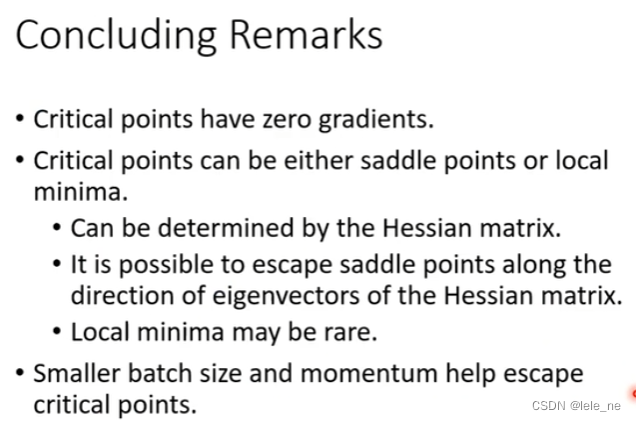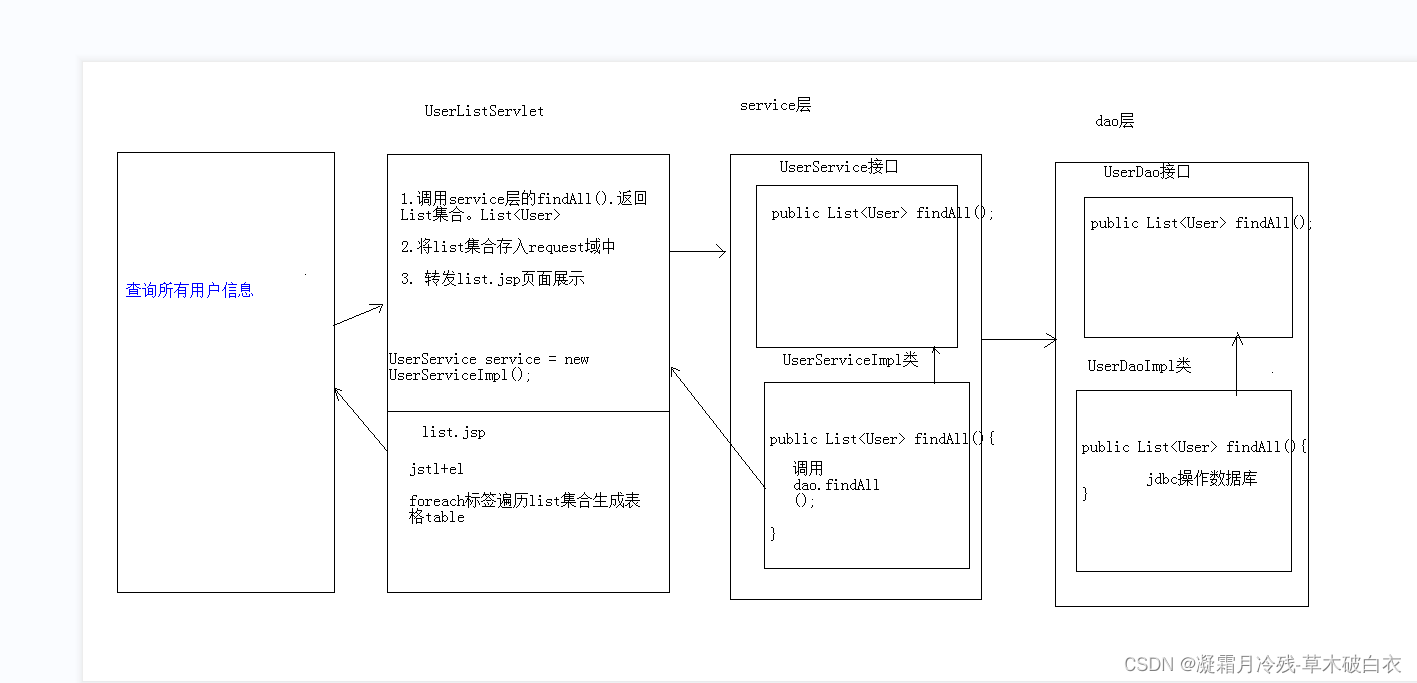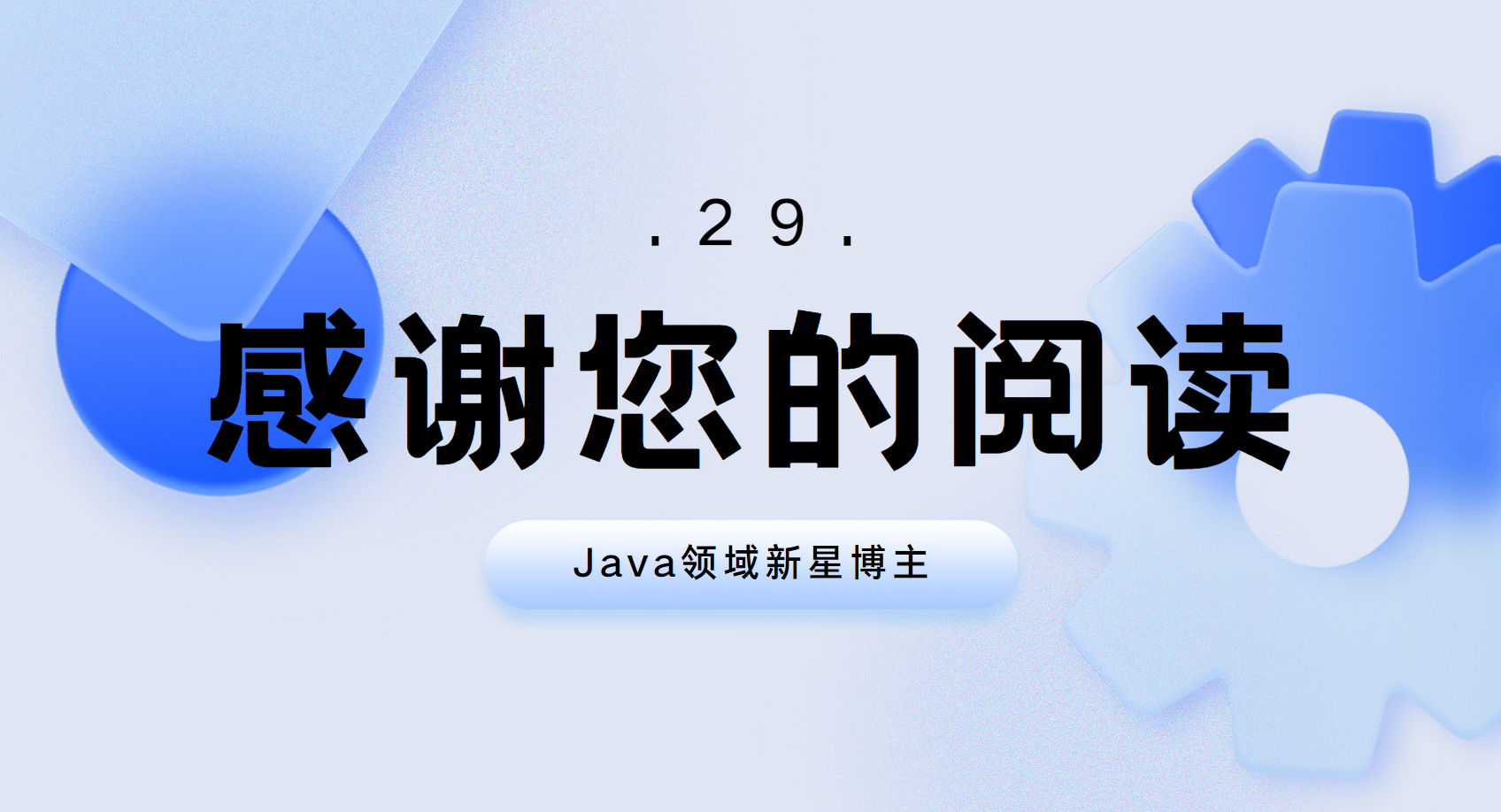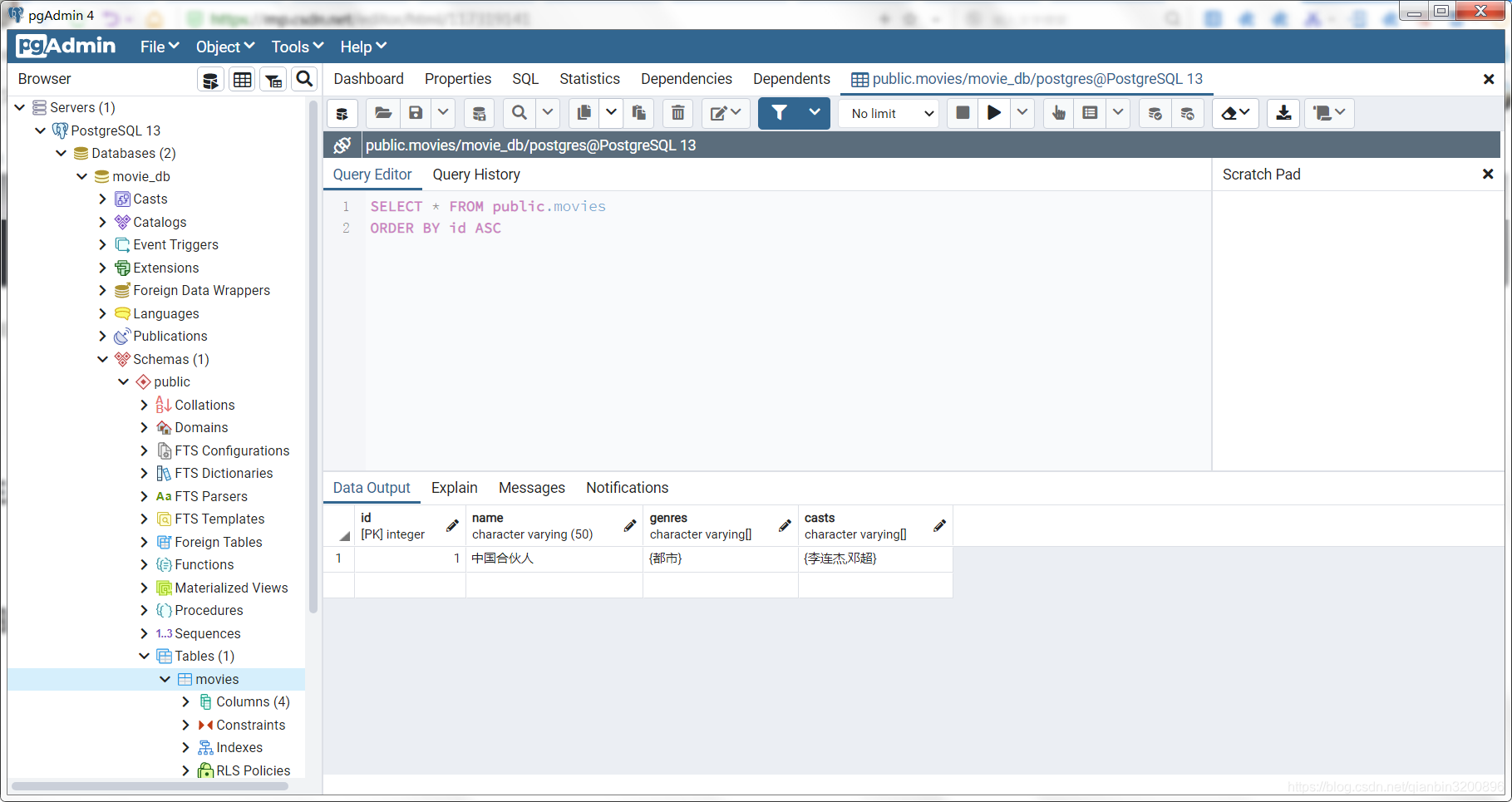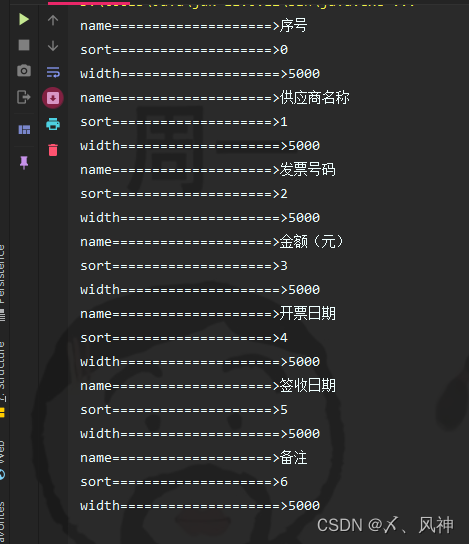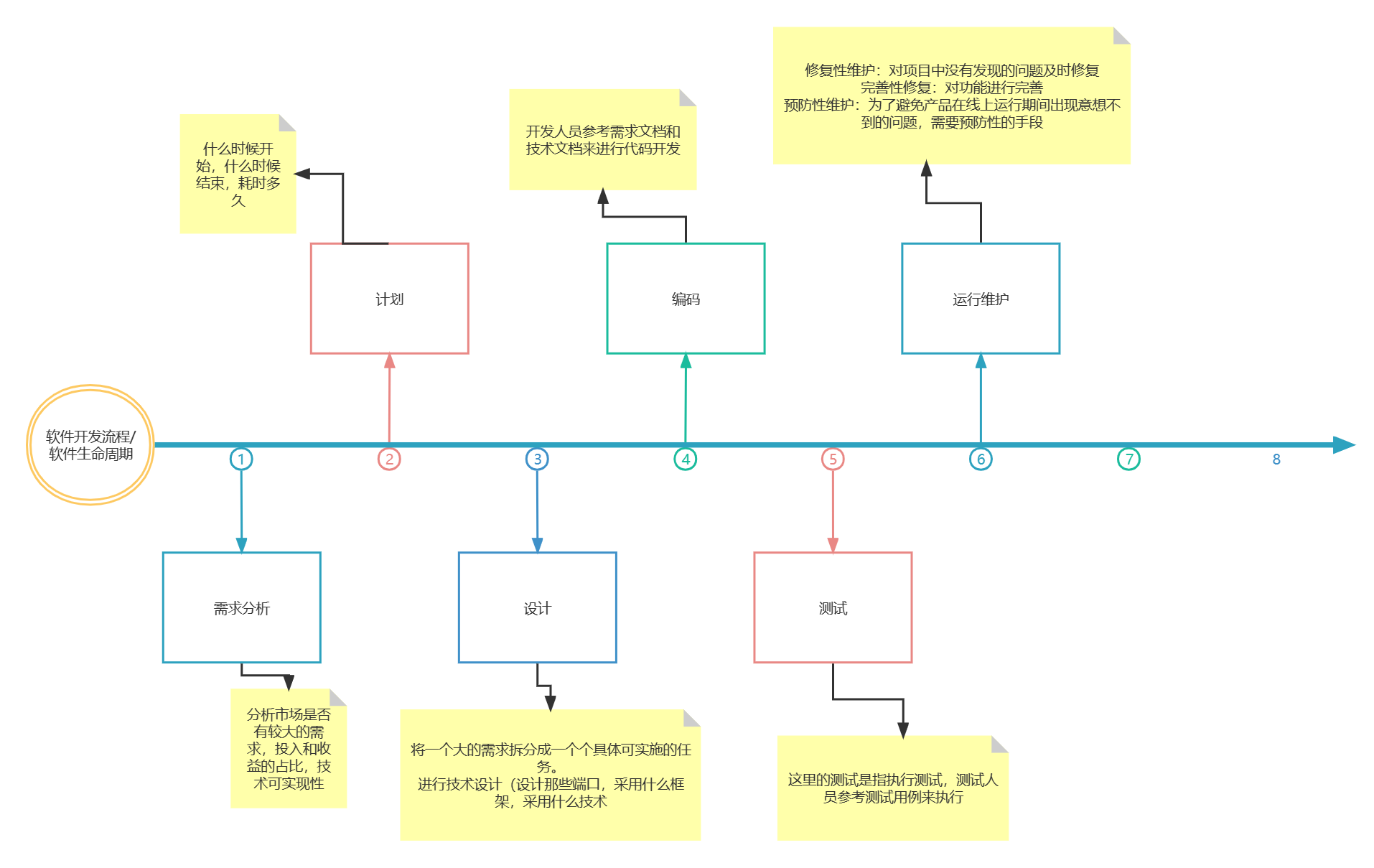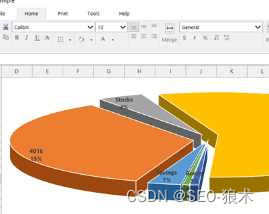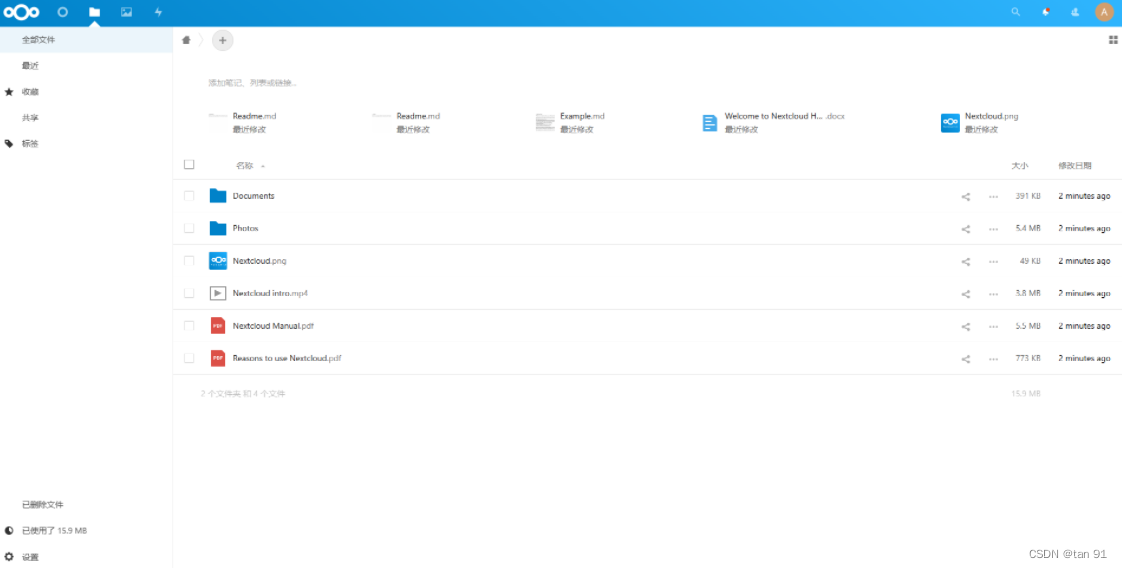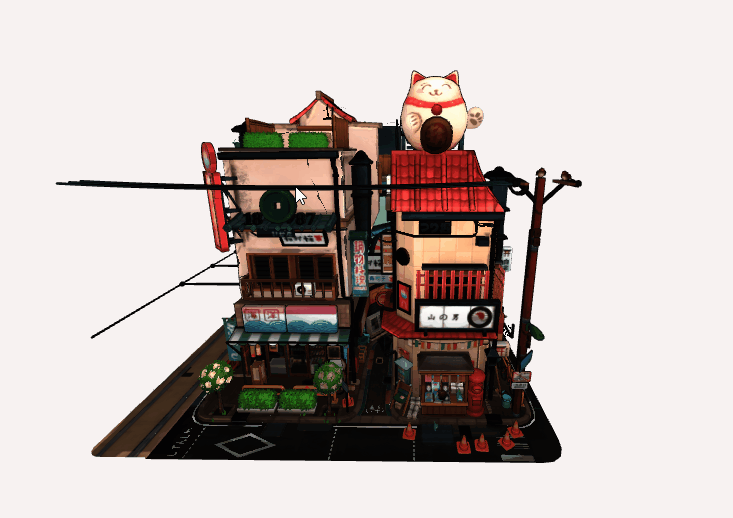批次与动量
文章目录
- 批次与动量
- 1. Small batch or Large batch?
- 2. Gradient descent + Momentum
- 3. 总结
1. Small batch or Large batch?
在使用 gradient descent 进行 optimization 时,在每一次 epoch 前,要 shuffle 所有的资料,然后再分成一个个 batch,每次更新参数是用
θ
\theta
θ 对当前 batch 的 Loss 进行微分。
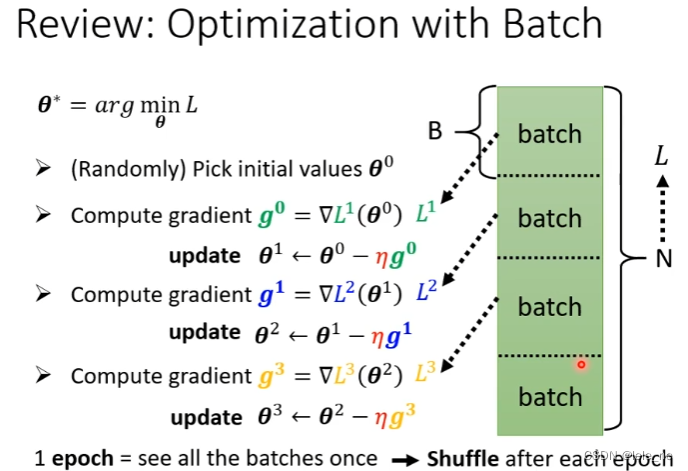
那么 batch size 是 small 一点好呢?还是 large 一点好呢?
我们在这里取两个比较极端的例子,batch size 最小是 1,最大是 N
- 当 batch size = 20 时,在看完 20 笔训练资料后才能 update,每一个 epoch 要 update 一次;
- 当 batch size = 1 时,在看完 1 笔训练资料后就 update,每一个 epoch 要有 20 次 update。
我们会想当然地以为使用 small batch 比 large batch 所需的时间更少。
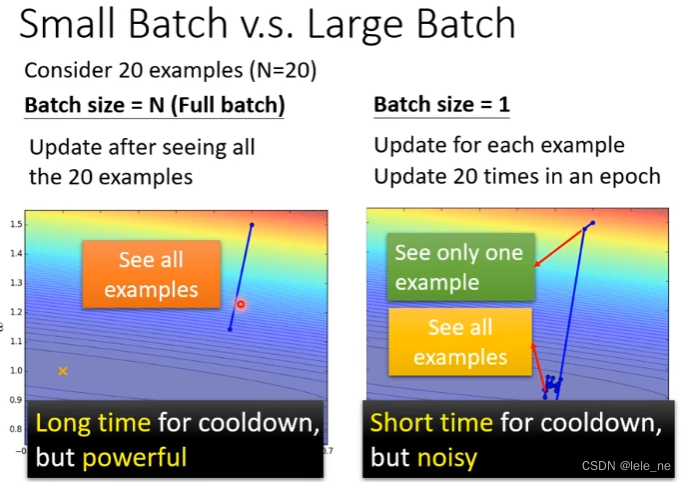
其实不然,现在的 GPU 都有并行计算的能力,只要 batch size 不是太大,small batch 和 batch size 完成一次 update 所需要用的时间是差不多的。
例如,在 Tesla V100 GPU 这张显卡上训练 MNIST 数据集,完成 0 - 9 的数字分类任务,从下图中可以看出,batch size = 1 和 batch size = 1000 时每次更新参数所需的时间是差不多的,只有 batch size = 60000 时,数据量的确太大,大概需要 10 s.
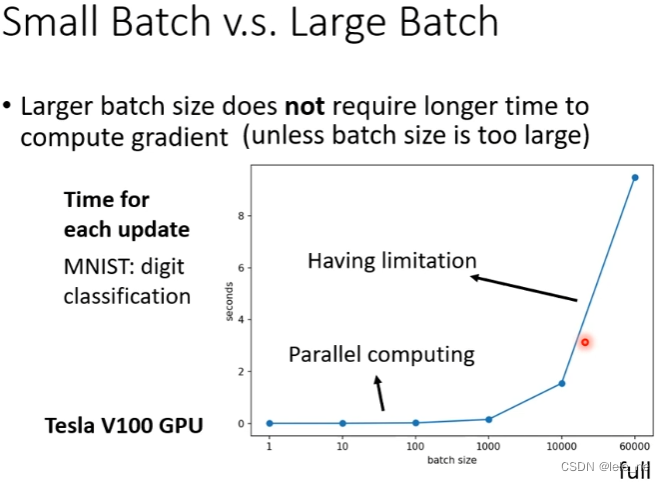
刚刚比较的是使用 small batch 和 large batch 各完成一次 update 所需的时间。
如右下图所示,虽然 small batch 和 large batch(not too large) 各完成一次 update 所需的时间差不多,但是在一个 epoch 内,使用 small batch 训练模型比使用 large batch 训练模型所需要的时间要多。
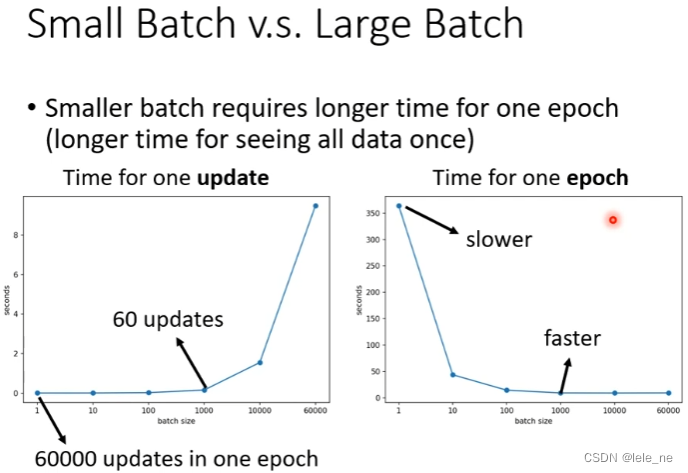
因此一开始,我们想当然地认为使用 small batch 所需的时间更少,其实这是错误的。
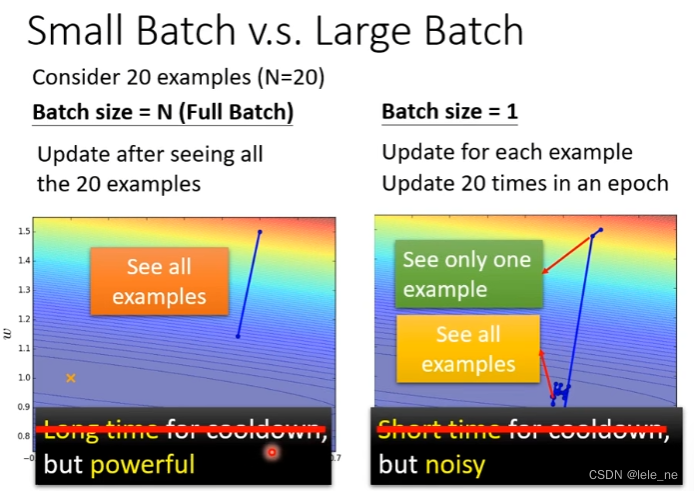
比较完了训练时间后,再来比较性能。
当 batch size = 1 时,取得的效果比较好,在 validation set 上的 accuracy 要比在 training set 上的 accuracy 要高;而当 batch size = 60000 时,表现不是很好,无论是在 MNIST 数据集还是在 CIFAR-10 数据集上的 accuracy 都很低,说明 optimization 没有做好。
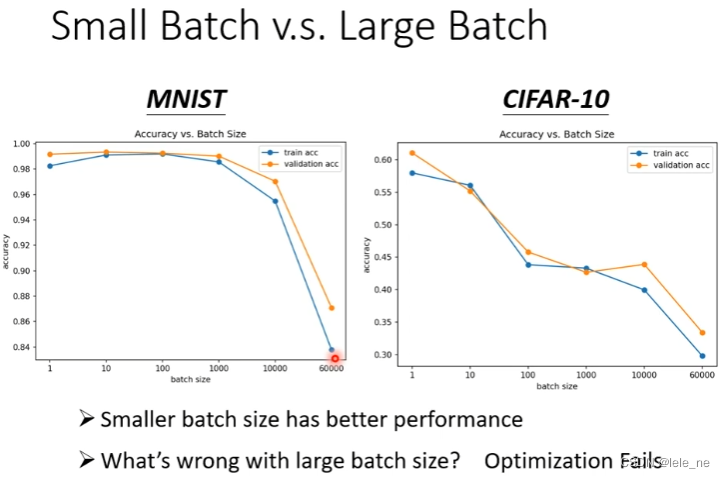
为什么 small batch size 会有着更好的表现呢?
还是以 full batch 和 small batch 作对比,使用 full batch size 训练的时候,在参数更新过程中,一旦遇到了 saddle point 或者 local minima 便会使得 gradient 为 0,模型训练也就早早地停了下来;
相较于 full batch size,将训练资料分为一个个 small batch,每一次都是在不同 batch 的训练资料上取得的 Loss 作 gradient descent 的,如果在这个 batch 上遇到了 critical point,那么在下个 batch 上说不定就没有 critical point,这样便能使得小球在 error surface 上滚下去得更远,optimization 做得更好,Loss 也能便得更小。
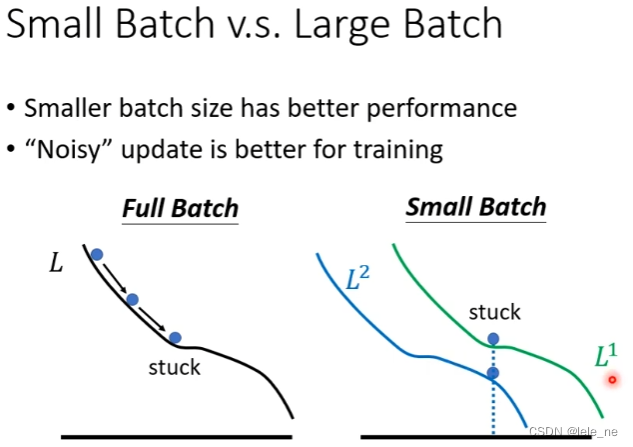
那现在再将两者在 testing set 上进行性能比较,发现使用 small batch 比使用 large batch 取得的效果更好一些。
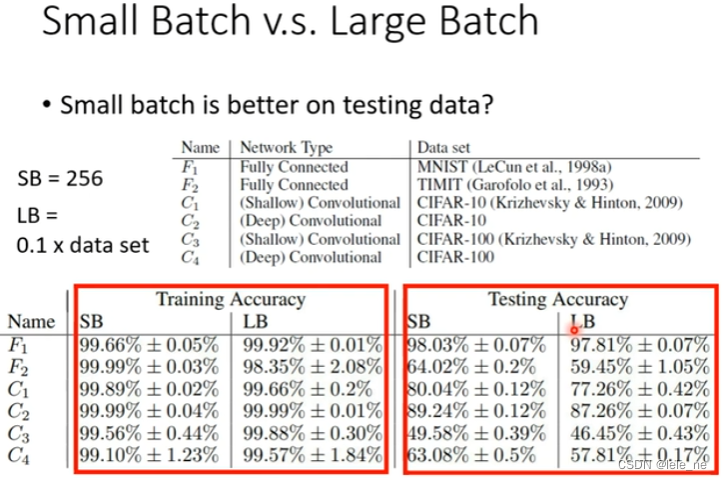
在 error surface 中会有各种各样的 local minima,有类似平原的 minima,也有类似峡谷的 minima,假设训练过程中出现了 mismatch 现象,在平原上 training loss 和 testing loss 只差一点,而在峡谷中 training loss 和 testing loss 会差很多。
而使用 large batch 训练,会更倾向地遇到峡谷;使用 small batch 训练,会更倾向地遇到平原,所以使用 small batch 性能会更好一点。
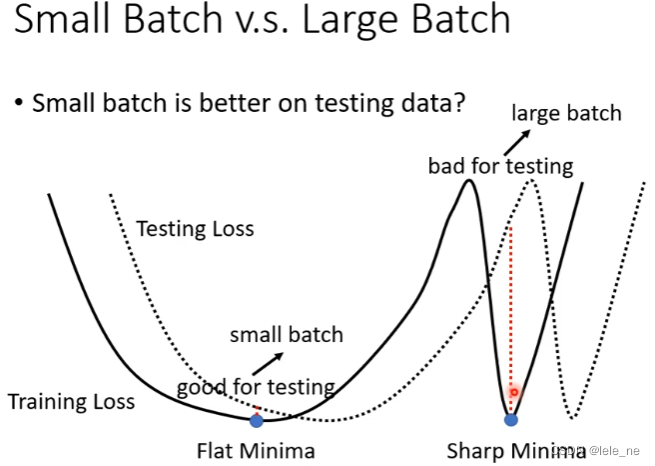
因此,综合各项评判指标来看,使用 small batch 训练,虽然时间更长,但能把 optimization 做好,且泛化性能也比较好。
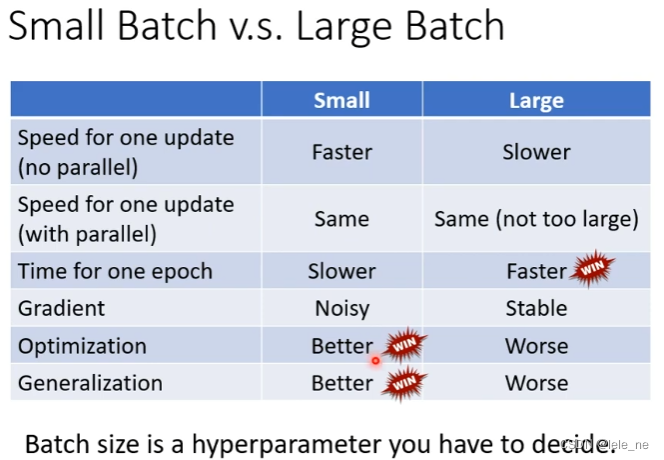
2. Gradient descent + Momentum
在物理世界中,小球在 error surface 往下滚的时候,由于惯性的力量,会越过 local minima,冲过这个小丘。

我们把 momentum 这一概念引入 gradient descent 中,小球每次运动的方向为在此点的梯度负反方向 + 上一次运动的方向。
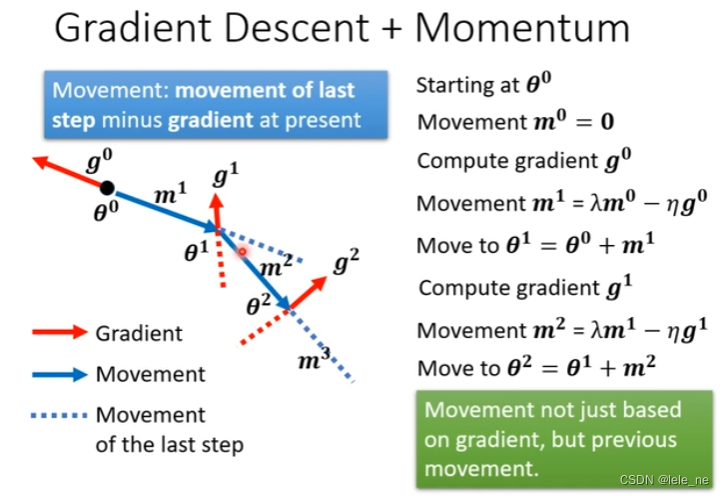

3. 总结
